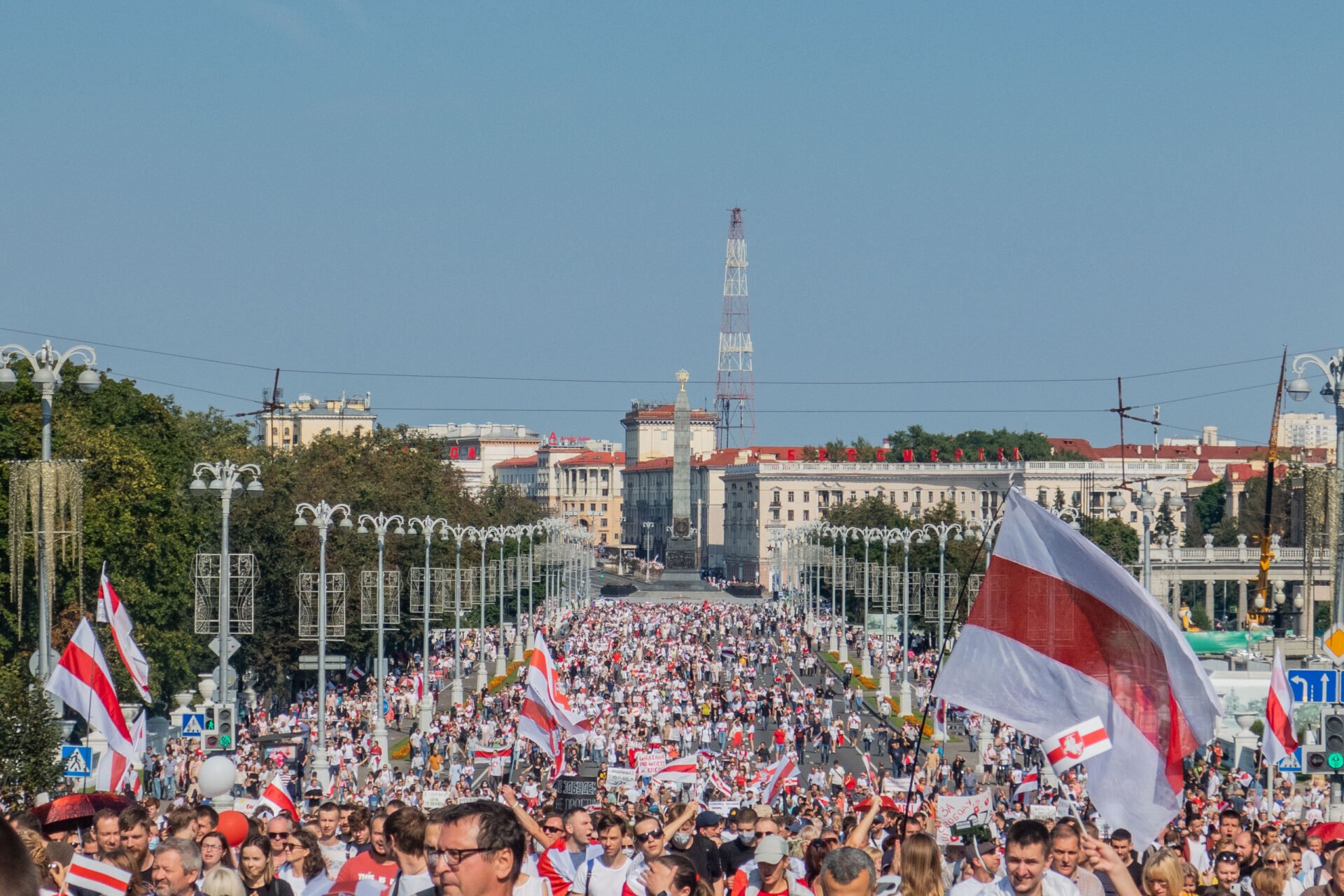(Sage) This essay attempts to juxtapose mass-scale protest movements that almost simultaneously erupted in summer 2020 in Belarus and Russia’s Far East. In spite of dissimilar root causes of both events, they however share a number of common characteristics, such as spontaneity, lack of well-established leadership, networking/horizontal structure (Paneyakh, 2020) and explicitly non-ideological character. What made the symbolic connection between the two post-Soviet “hot spots” even more politically pronounced were explicit and unprecedented signs of solidarity expressed by protesters in Khabarovsk with the anti-Lukashenka movement. Since we can see some emerging similarities in these two cases, let us try to understand what they are, why did they emerge, and how they can be conceptualized theoretically. […]
Read More © Sage Journals











